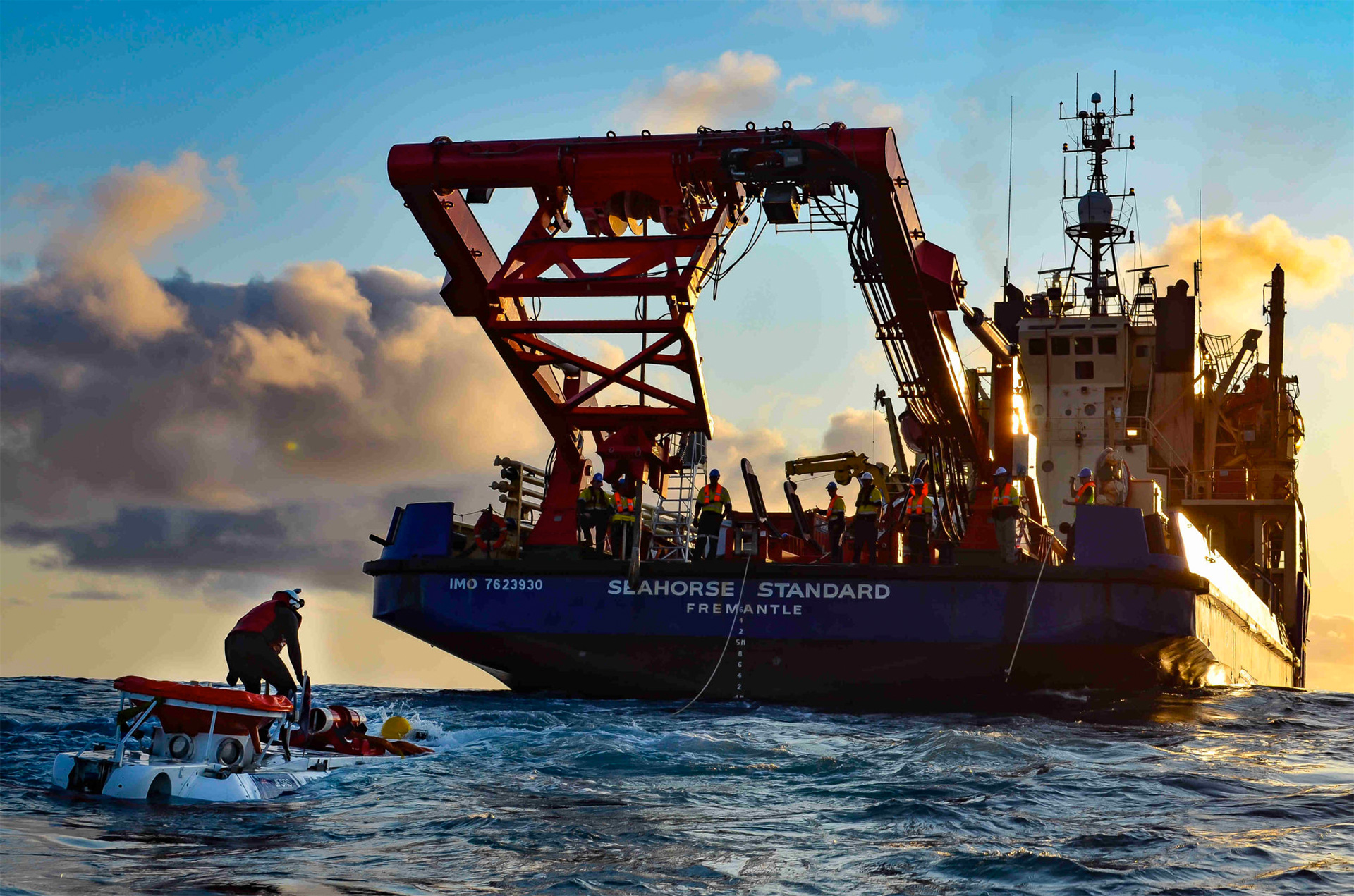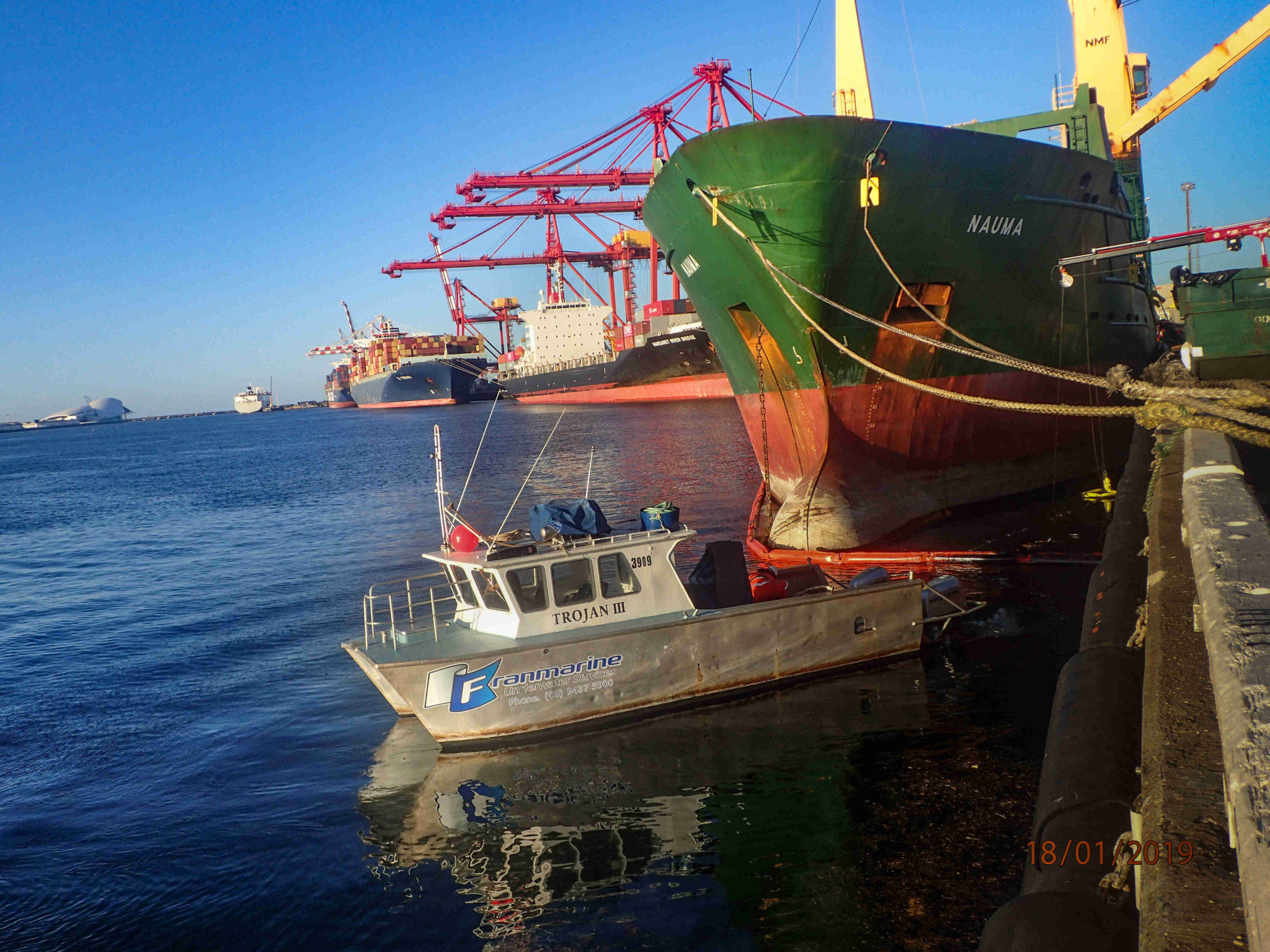Marine Salvage
Marine salvage is recovering goods, vessels, and property lost at sea. Marine salvage is a complex procedure involving specialized vessels, equipment, and expertise to complete the job. It is not only used to recover goods that have been lost but also to help vessels in distress get back to safety. Marine Salvage https://www.franmarine.com.au/salvage/ is essential to maritime operations and the maritime industry as it keeps people and valuable goods safe at sea.

What are the different types of salvage?
Marine salvage can be divided into two broad categories - salvor-assisted recovery and DIY salvage. Salvor-assisted recovery requires the assistance of a professional salvaging operation, such as a marine towing service or a marine salvage firm. DIY salvage involves self-salvage and typically involves a much smaller vessel with fewer resources. Marine salvage can also be divided into two additional categories based on how the goods are recovered. The two categories are buoy recovery, in which buoys attached to the lost goods are located and pulled to shore, and direct recovery, in which divers go underwater to locate and retrieve the lost goods.
What needs marine salvaging?
The most commonly needed marine salvaging includes boats, ships, barges, containers, freight, cargo, and other marine vessels and equipment. In some cases, passengers may also be found on maritime vessels, and marine salvage workers may be employed to assist in rescuing such passengers. They may also provide medical attention to any citizens in a maritime distress situation.
When should you salvage a ship?
The decision to salvage a ship typically depends on the safety of the ship and its cargo. Salvage operations will likely be initiated if the ship is in danger and cannot move under its own power. Sometimes, a ship or its cargo may need to be salvaged due to weather or debris and debris from a previous maritime incident.

How does salvage at sea work?
Salvage at sea typically involves the identification of the goods and the vessel that is in distress. Once the ship's location has been established, a salvaging team is typically dispatched with the necessary equipment, such as tugboats and specialized lifting gear. These teams aim to assess the vessel's condition and cargo and determine how best to remove them from their place of distress safely. This can be done via lifting, floating, or cutting with specialized equipment, such as torches or winches. Once the goods are removed, they are returned to shore, and the salvaging team can collect payment for their services.
Marine salvage is an essential part of maritime operations and the maritime industry, as it helps to keep people and valuable goods safe out at sea. By understanding what marine salvage is, the different types of salvage available, what needs to be salvaged, when to initiate a salvage, and how the salvage process works, more successful marine salvages can be expected.
